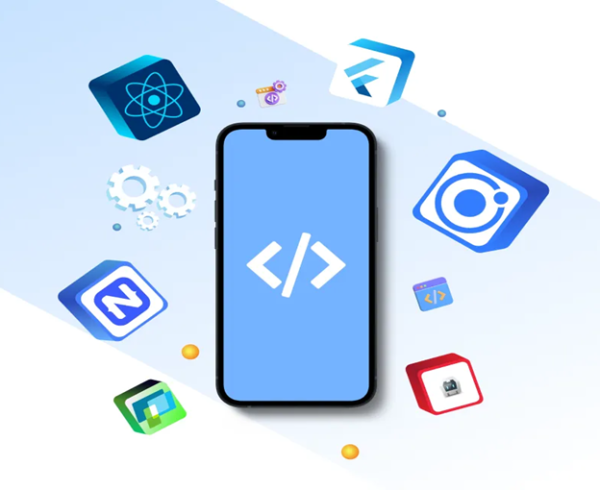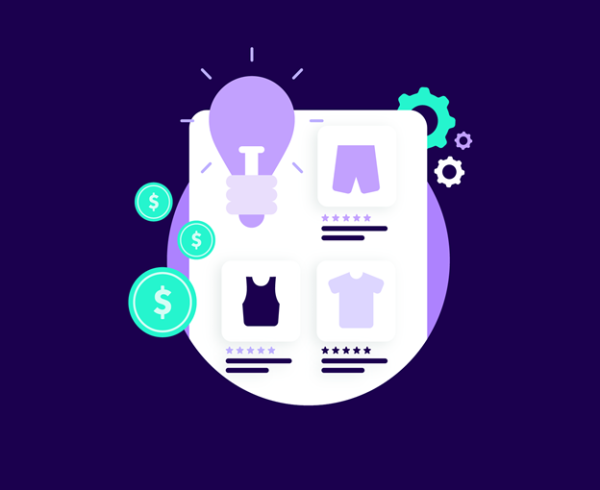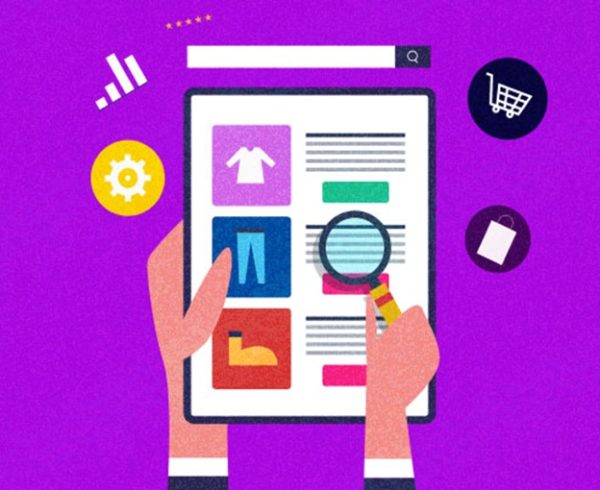Imagine this. You are sitting in a coffee shop and suddenly a brilliant app idea pops into your head. You can almost see people downloading it, using it, and talking about it. But then the big question hits. How do you take a concept and make it into a real mobile application that functions flawlessly on a user’s phone? That is where the app development lifecycle comes in. The journey of creating an app is not just about writing code. It is a process that blends creativity, planning, testing, and continuous improvement. Just like building a house, you cannot jump straight to painting the walls without laying the foundation. Every successful app has gone through a structured process that ensures it works well, looks good, and solves real problems for its users.
For beginners, this can feel overwhelming. There are technical terms, countless tools, and methods like application development lifecycle agile or the software development life cycle that may sound complicated at first. But once you break them down into clear, easy steps, the entire process becomes exciting. The good news is that you do not need to be a coding wizard to understand how it works. You just need to know the map that takes your app idea from paper to pocket. vThis guide will walk you through the complete mobile app development lifecycle, give you application development lifecycle examples, and even help you understand the application development process flow. By the end, you will be able to see exactly how an app goes from concept to reality.
Understanding the App Development Lifecycle
The application development lifecycle is like a roadmap that guides you from the spark of an idea to a fully functional application in the hands of users. It is a structured approach that breaks down the complex process of building an app into clear and manageable stages. This lifecycle is important because it ensures that every aspect of the app, from its core purpose to its smallest features, is carefully planned and executed. Whether you are creating a mobile app, a web application, or a combination of both, the same core principles apply. It starts with understanding the needs of your target audience, then moves into designing, coding, testing, and finally launching the app. In many cases, developers use the software development life cycle as a foundation, while others adapt it into more flexible approaches like the application development lifecycle agile to allow for quick adjustments. By following a defined process, you reduce the risk of costly mistakes, make it easier for teams to collaborate, and ultimately create an app that is both functional and enjoyable to use. In simple terms, the lifecycle is not just about writing code, it is about bringing an idea to life in a way that meets real user needs and stands the test of time.
Stages of the Mobile App Development Lifecycle
1. Idea and Research
Every great app begins with an idea. This stage is where you define the problem your app will solve and who will use it. You research existing competitors and identify what makes your idea unique.
2. Planning and Strategy
Once you have the concept, you move to planning. Here you create a roadmap, define your target audience, choose platforms like iOS or Android, and outline the core features.
3. Design
The design stage is about creating the user interface and user experience. Wireframes, prototypes, and design mockups are built to ensure the app looks appealing and is easy to navigate.
4. Development
Now comes the coding phase. Developers start building the app according to the approved design. Depending on the method used, this may follow the traditional SDLC or app development lifecycle agile for more flexibility and faster iterations.
5. Testing
Functional testing, performance testing, and usability testing are all performed to guarantee quality.
6. Deployment
Once testing is complete, the app is ready for release on platforms like the App Store or Google Play. This stage also includes final approval processes required by each store.
7. Maintenance and Updates
Following release, regular maintenance maintains the program current and useful. Based on user feedback, updates introduce new features, enhance performance, and correct errors.
Why Agile is Popular in App Development Lifecycle
Agile has become a favorite approach in the application development lifecycle because it focuses on flexibility, speed, and collaboration. In traditional methods, developers often follow a strict step by step process where each stage must be fully completed before moving to the next. While that can work, it can also slow down progress and make it harder to adapt if something changes mid project. Agile solves this by breaking the work into smaller, manageable cycles called sprints. Each sprint produces a working version of the app that can be tested and improved before moving forward. This approach is especially valuable in mobile app projects where user expectations, market trends, and technology can shift quickly. Agile allows teams to respond to feedback in real time, release updates faster, and keep improving the app even after launch. It encourages open communication among designers, developers, and stakeholders, making the process more transparent and collaborative. Instead of waiting months to see results, teams and clients can see progress regularly, which boosts confidence and ensures the final product truly meets user needs. In short, Agile is popular because it keeps development fast, adaptable, and user focused, which is exactly what successful apps require in a competitive market.
FAQs
What are the 5 phases of the app development process?
The five phases are idea and research, planning and strategy, design, development, and testing. These steps provide a foundation for creating a functional and user friendly app before moving to deployment and maintenance.
What are the 7 phases of the software development life cycle?
The seven phases are planning, analysis, design, development, testing, deployment, and maintenance. This structure ensures a logical progression from concept to completion, reducing errors and improving quality.
What is the SDLC for an app?
The SDLC for an app is the structured process of creating software, starting with planning and ending with maintenance. To make sure the program satisfies user needs, it involves stages including design, coding, testing, and deployment.
What is the lifecycle of a mobile app?
The lifecycle of a mobile app includes ideation, design, development, testing, deployment, and updates. This ongoing cycle helps keep the app functional and relevant in a changing market.
What are the 5 stages of development process?
The five stages are conception, planning, execution, testing, and launch. While terms may vary, these core stages apply to most app and software projects.
App Development Lifecycle Examples
To better understand, imagine you are building a food delivery app. Your idea starts with identifying a gap in the market. You plan for features like real time tracking, payment options, and restaurant listings. The design stage focuses on making it easy for customers to place orders. Development brings all these features to life. Testing ensures orders process correctly and maps load fast. Deployment puts your app in the app stores, and maintenance keeps it running smoothly while adding features like loyalty programs. Another example could be a fitness tracking app. The same lifecycle applies, just tailored to the fitness industry.
Creating Your Own Mobile Application Development Life Cycle PDF
Many beginners like to keep a visual reference of the process. A mobile application development life cycle PDF can serve as a handy guide that outlines each stage, helping you track progress and stay organized.
The Role of Process Flow in App Development
The application development process flow ensures tasks are completed in a logical order. Skipping steps or rushing through them often results in costly mistakes. A clear process flow aligns your team, reduces confusion, and helps deliver the project on time.
In the end, there is more to the mobile application development lifecycle than just a checklist. It is a path that combines problem-solving, technical proficiency, and creativity. Whether you follow the traditional software development life cycle or an agile approach, the core steps remain the same. By understanding these stages and using clear app development lifecycle examples, you can bring your idea to life with confidence. Remember, every app you use daily has gone through this process. The key difference between an average app and a successful one often lies in how well each stage was executed.






